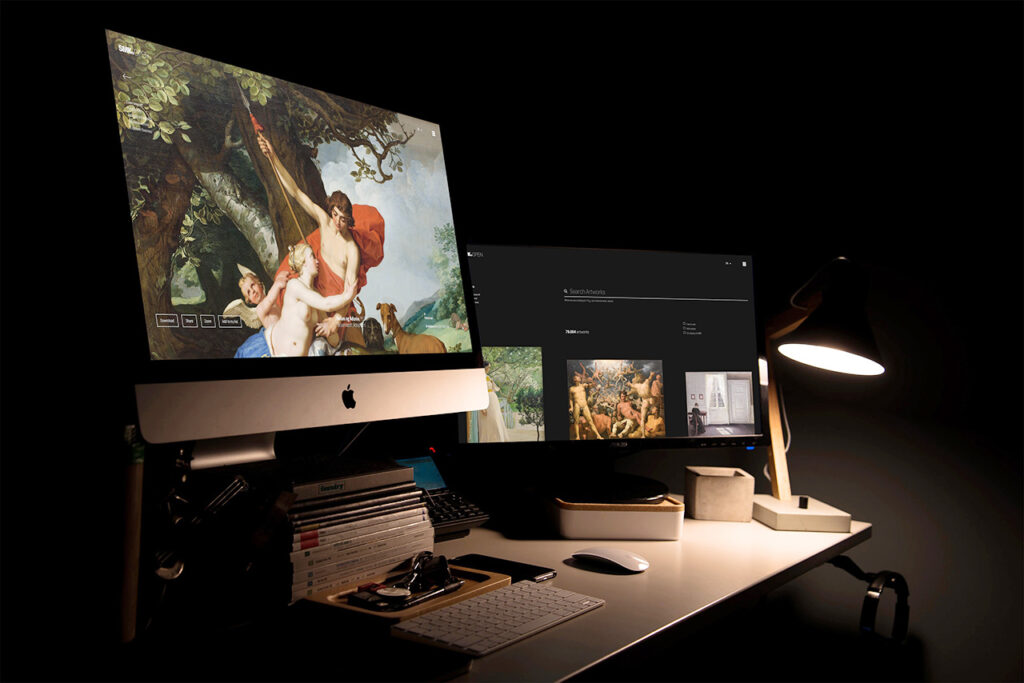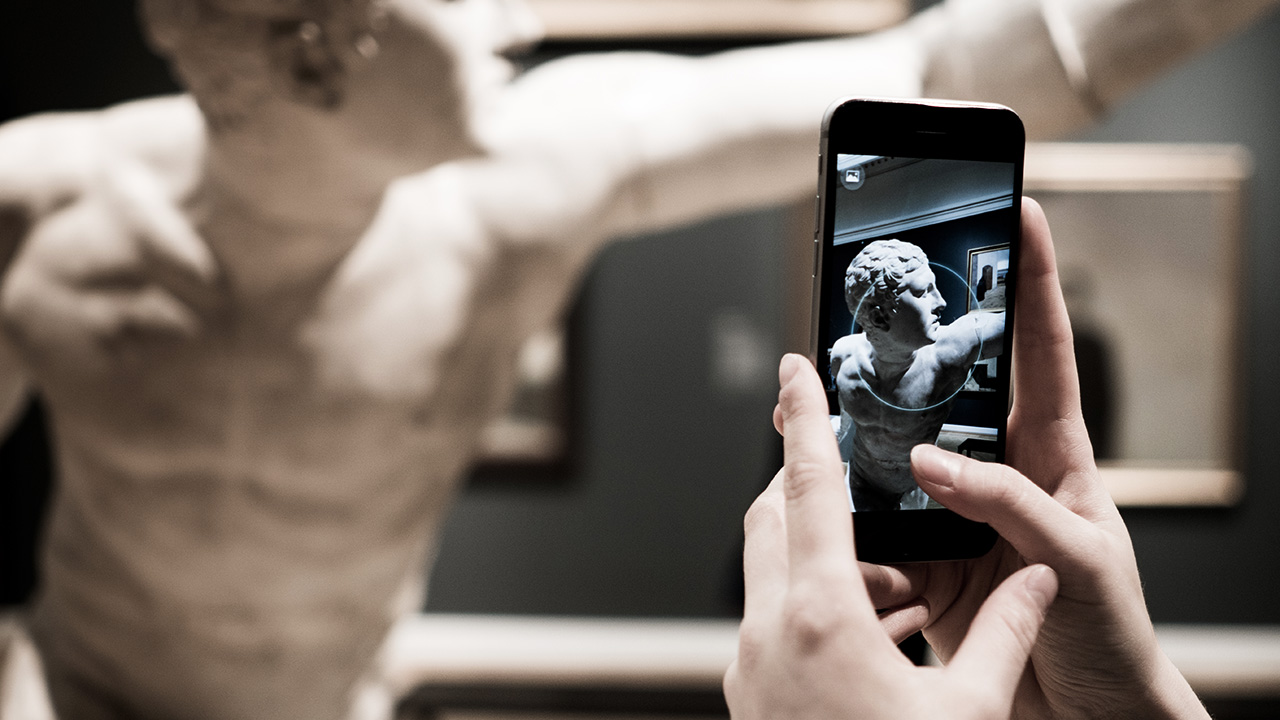This year, MCN 2021 Virtual, Museum Computer Network’s annual conference, features four international spotlights exploring the theme “What is digital now?” from the regional perspectives of Asia-Pacific, the Middle East and Africa, Europe, and Latin America.
As the conference’s media partner, Jing Culture & Commerce is spotlighting key learnings from these sessions on how cultural organizations across the globe are forging a digital future. Read more of our coverage here.
Session
“The Hybrid Museum”
Key panelists
Torill Haugen, Digital Advisor, Sørlandets Kunstmuseum
Giles Pooley, CEO and Co-founder, Luzildab
Michal Čudrnák, Head of Digital Services and Collections, Slovak National Gallery
Merete Sanderhoff, Curator / Senior adviser, SMK – Statens Museum for Kunst
Torill Haugen, Digital Advisor, Sørlandets Kunstmuseum
Nicola Schauerman, artist, Genetic Moo
Key takeaways
Following 2020’s COVID-mandated lockdowns, European institutions were some of the first museums to reopen in a new landscape where the physical and virtual realms were blended. “The transformation that we’ve all undergone over the last 18 months has been really intense,” Pooley said. Emerging from this period, he added, “We’re now in a world where hybrid has to become part of [museum] strategy.”

The Slovak National Gallery’s 2016 Dream × Reality exhibition had a online component to complement its onsite showcase. Image: Slovak National Gallery
Hybrid has long been part of the Slovak National Gallery’s approach, notably with the 2016 exhibition, Dream × Reality: Art & Propaganda 1939 – 1945, which explored WWII Slovanian propaganda. The museum created a storytelling platform that accompanied the exhibition to give the visitors “a necessary historical layer using multimedia and artworks in the exhibition,” Čudrnák said. The project was successful in translating online traffic into physical visits, and vice versa, while serving as an example of tech adoption that complements the institution’s historic mission.
Hybrid models also allow for deeper public engagement. Sanderhoff referenced the Statens Museum for Kunst’s SMK Open platform and application programming interface (API), which give the public full access to the museum’s collection of more than 95,000 objects and associated data, enabling full transparency and accessibility. “The interesting challenge [of a hybrid museum] is once you open your data, you also open all the flaws and errors in your data,” he noted. “The conversations, feedback, and learnings from the public that entails is incredibly valuable in terms of being a hybrid museum.”

The SMK Open grants visitors access to the Statens Museum for Kunst’s digital collection of more than 95,000 assets, which are available to download and remix. Image: SMK
Reaching the public further involves building accessible platforms and interfaces. To encourage engagement, Schauerman urged giving “a little information or direction to people,” so their interactions are intuitive and within audiences’ comfort levels.
Another consideration when it comes to digitization? How technology can better serve the climate and society. “There are many dark sides to digital,” Sanderhoff said, “But when we find the ethically sound and sustainable ways of integrating [technology] into museum practice, it supports the initial idea of museums being places for literacy and enlightenment.”
Key quote
“For anyone wanting to do an exhibition online, you have to help people, and not make [technology] complicated — not needing loads of instructions and using tools that people recognize.” — Nicola Schauerman, Artist, Genetic Moo



